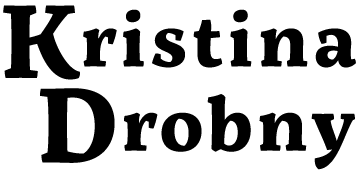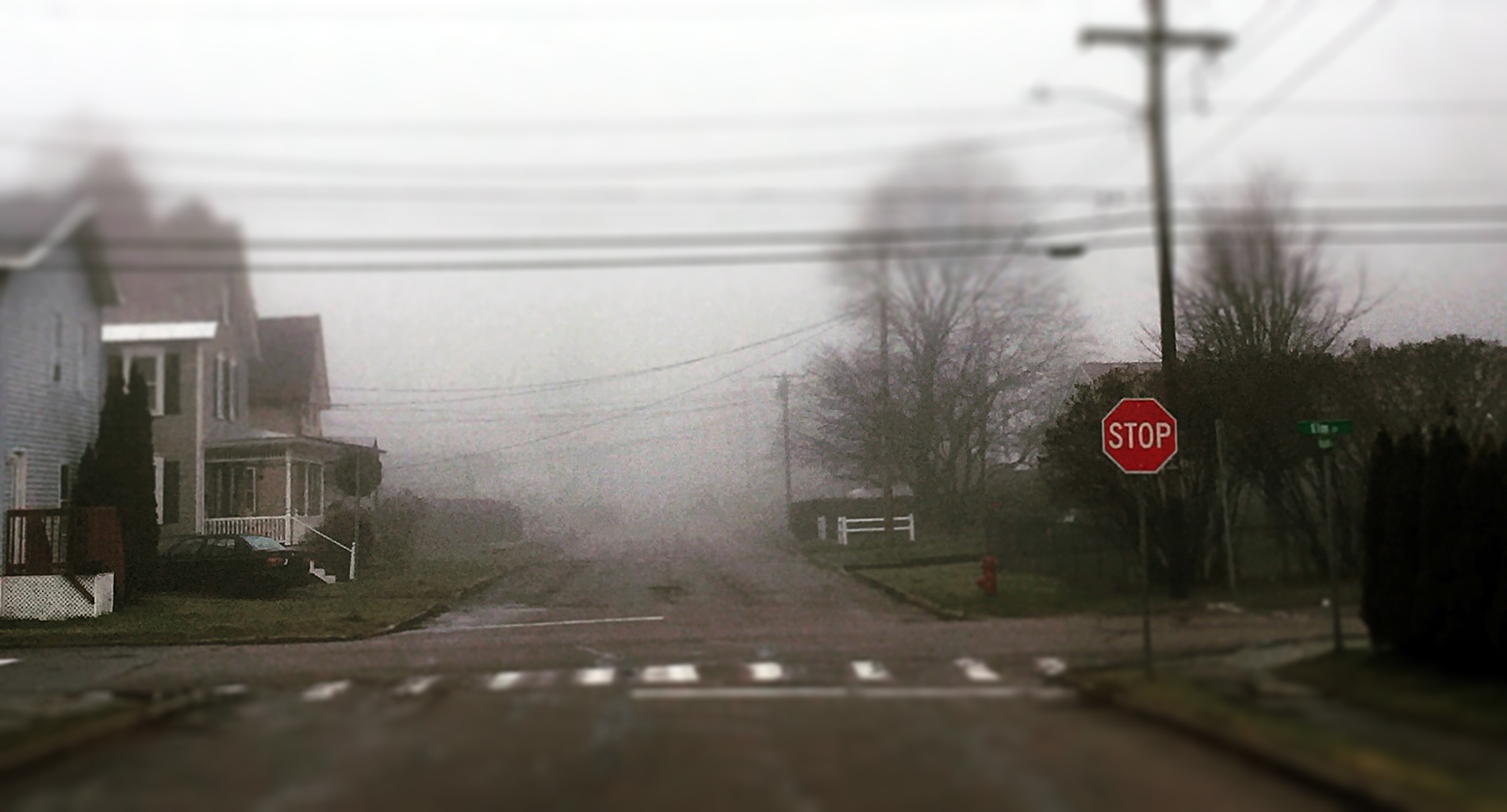“Transformation is not a future event. It is a present activity…”
Jillian Michaels
Those are words spoken to me by Jillian Michaels as I stretch, sweat soaked, and thankful for the end of my workout. I’ve done this particular routine so frequently, I’m able to recite her words of encouragement in unison, sometimes finishing her punchlines before she can.
To be honest, the first time I heard that phrase, I cringed. Jillian, stick to what you’re good at: bringing the pain while I’m in plank position—not offering personal advisement.
Then, with each subsequent day I huffed and puffed to “Ripped in 30,” imagining all the heads I’d turn with my hot new bod (including my husband’s at the time and yes I said “bod”), that sentence began to signify more than simply a pat on the back and words of encouragement after 25 minutes of hating on your love handles. They, like my flabby bottom, began to take form.
Oh, the little truths you discover while doing endless crunches on your basement floor…
Okay, first things first. When I sat down to write this post about three weeks ago, I initially took it in a vastly different direction. And I got stuck. There was something I wanted to say, but kept circumnavigating. I was thinking about all the times I had told myself I was going to change, be it my state of living, my environment, my routine… And how, when I set out to do so, I ultimately failed. I created too lofty of goals, got distracted, re-prioritized, felt overwhelmed, etc. I concluded that in order to make actual change happen, as in Jillian’s example i.e., getting amazingly fit, you had to look at the distance between point A and point B and layout a tangible plan to get there. In other words, be present and take small, manageable steps and those will add up to X.
But this wasn’t true in all instances. My math was wrong. X is a variable, not a constant, meaning the distance between point A and point B is always in flux. Additionally, you might find yourself on a path toward B, but realize C is where it’s at, and adjust course.[/vc_column_text][vc_separator color=”mulled_wine” style=”dotted” el_width=”50″][vc_column_text]So yeah, I got hung up. And I figured out why as I was slowly stirring my dirty Martini. I was confusing transformation with change. I replaced a single word in Jillian’s statement, and I created an equation that was impossible to solve.
Transformation isn’t linear. And it’s not finite. It’s many small changes or one big change, enacted over time. It’s the ice and the gin and the brine of my Martini all coming together to transform into a delicious beverage.
Change is me stirring the ingredients in order to chill the liquids to the desired Martini-sipping temperature. And then of course, with the way I drink cocktails, that mixture doesn’t remain in the glass for very long. The booze hits my stomach and then I get a buzz. It’s shifting, always shifting.
Change is the act or instance of making or becoming different. Transformation is a thorough or dramatic change in form or appearance.
—–
Side note: those are the definitions from Webster. I’ve always disliked it when writers/marketers/designers incorporate actual dictionary definitions into their work. But now I see the value. I did it here. It felt necessary. My apologies to all those I’ve given the stink eye to because of such an act.
—–
Why is any of this important? Because at many moments throughout my adult life, I envisioned my future me at a given point and time and said, “In this year, I will be here.” And then I wasn’t. My life hadn’t changed in the way I had planned. And I felt immensely disappointed by that.
I used to tell myself I would get back into photography. My Saturdays would begin with a lengthy to-do list of all these creative ventures that would essentially add to my legacy and garner me my very own Wikipedia page.
Instead, I cleaned piss-caked toilets and folded laundry for three hours before succumbing to an evening of movies and copious amounts of booze.
I promised my ex-husband I would open a restaurant by the time I turned 30. And just to prove to him I was serious, I bought two books on becoming a restaurateur and made a Word document of my menu items. They were all variations on a grilled cheese; each one named after a certain family member or friend. I threw a Halloween party, making my guests be guinea pigs where they had to sample my recipes. Dressed as David Bowie from Labyrinth, I dished up 10 different versions of butter-crusted sandwiches to a room full of very drunk people. It was a hit! No doubt.
But after that party, I shut down Operation Restaurant.
I just turned 36. I’m no closer to owning a grilled cheese restaurant as I am to becoming the next big name photographer.
I also thought I would have had my first child by now. It was supposed to happen in 2015. Instead, I went through a divorce. I felt like I had failed. Too many late-night nacho binges and morning croissants. Good luck fitting into those skinny jeans. Oh, I’m so, so sorry Jillian.
——-
However.
If you look at transformation as simply a change from one state to another, one that happens without active engagement, awareness, and the ability to adapt and shift course, then it’s too easy to beat yourself up when you don’t see the results you’re expecting.
And similarly, it’s all too easy to quit before any noticeable transformation occurs—especially one you feel satisfied with.
In my case, once I stopped forcing myself down a rigid path toward a fixed goal—a defined change from A to B—and allowed myself to actively engage in the transformation that was happening to me over time, I discovered that the place I am now is better than the place I had ever thought (or planned) I would be.

